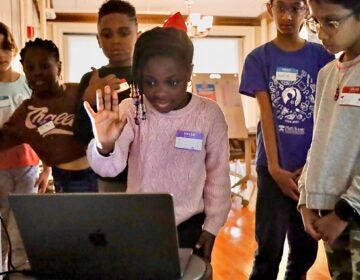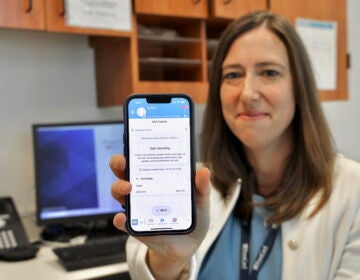The Science of Everyday Objects
Listen 48:07
From penicillin to the moon landing, we have science to thank for humanity’s greatest achievements. But science has also helped advance things we consider common and ordinary. From bicycles to toilets, our everyday objects hold tales of dogged pursuit, and occasional lucky breaks.
On this episode of The Pulse, we take a closer look at our stuff, to uncover the hidden science that fuels our daily lives.
Also heard on this week’s episode:
- Bathrooms used to be much more luxurious — and way gross. Public health historian Michael Yudell tells us how germ theory revolutionized the way we design our restrooms.
- Reporter Todd Bookman spins a yarn about — well, yarn. How we went from cotton to GORE-TEX, and where these fibers of the future are developed.
- Chemist and retired “stain detective” Curtis Schwartz on how laundry detergents have really “turned the tide” (eh? eh?) when it comes to getting rid of stains.
- LCD screens light up our lives and bombard us with information everywhere we go. Science historian Ben Gross talks about the origins of liquid-crystal displays (aka LCDs) in his new book “The TVs of Tomorrow.” Archival audio courtesy of the Hagley Museum and Library.
- Psychologist Nicholas Epley explains why we anthropomorphize everyday objects; then Ian Chillag — creator of the podcast “Everything is Alive” — helps us speak directly with our stuff.
- Professional foodie (and self-described clean freak) Rebecca Firkser schools us on the hidden dangers that lurk in recyclable straws. She is the Culinary Editor at the breakfast and brunch website Extra Crispy.
Segments from this episode
WHYY is your source for fact-based, in-depth journalism and information. As a nonprofit organization, we rely on financial support from readers like you. Please give today.






